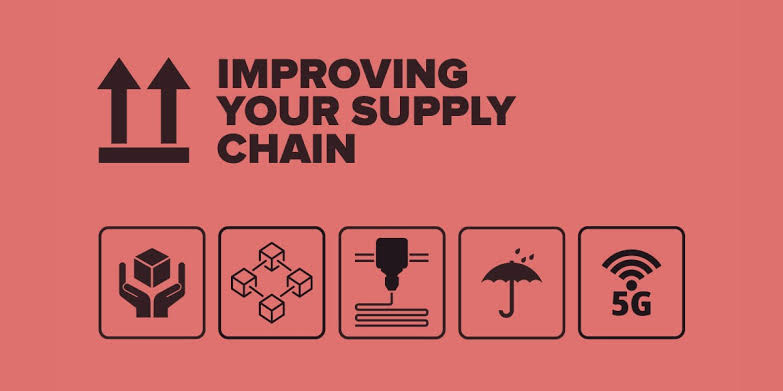Supply chain management has evolved from manual processes and paper-based records to highly automated, data-driven systems that enable companies to operate more efficiently. The integration of advanced technology into supply chains has improved visibility, reduced costs, enhanced communication, and increased overall productivity. In today’s fast-paced global economy, businesses that adopt the right technological tools gain a significant competitive advantage.
Enhanced Visibility and Transparency
One of the most significant improvements technology brings to supply chains is real-time visibility. Modern systems allow companies to track goods from the point of origin to the final destination.
Technologies such as GPS tracking, RFID tags, and Internet of Things (IoT) sensors help businesses monitor shipments in real time. This level of transparency ensures that potential delays, damages, or bottlenecks are identified quickly and addressed before they escalate.
Increased visibility also improves customer satisfaction, as clients can receive accurate updates on the status of their orders.
Improved Data Management and Analytics
Data is a vital asset in supply chain management. Technology enables businesses to collect, store, and analyze massive amounts of data from various touchpoints along the supply chain.
Advanced analytics tools, combined with artificial intelligence (AI) and machine learning (ML), can identify trends, forecast demand, and optimize inventory levels. This predictive capability reduces waste, prevents overstocking, and ensures that products are available when customers need them.
By leveraging data insights, companies can also make better strategic decisions, from supplier selection to transportation routes.
Automation and Process Efficiency
Automation has transformed supply chain operations, reducing the reliance on manual tasks and improving accuracy. Technologies such as robotic process automation (RPA), autonomous warehouse robots, and conveyor systems help speed up order processing, packaging, and shipping.
This increased efficiency not only reduces labor costs but also minimizes human error, ensuring that products are delivered on time and in the right quantities.
Automation also supports just-in-time (JIT) inventory management, which helps companies reduce storage costs and maintain lean operations.
Enhanced Communication and Collaboration
Supply chains involve multiple stakeholders, including suppliers, manufacturers, distributors, and retailers. Technology has made it easier for these parties to communicate and collaborate seamlessly.
Cloud-based supply chain management platforms allow real-time sharing of documents, contracts, and order details. This minimizes misunderstandings, speeds up decision-making, and fosters stronger partnerships.
Integrated communication tools also ensure that all parties are working with the most up-to-date information, reducing delays caused by miscommunication.
Risk Management and Problem Resolution
Disruptions such as natural disasters, political instability, or transportation strikes can significantly impact supply chains. Technology helps businesses prepare for and respond to these risks effectively.
Predictive analytics can identify potential disruptions before they occur, allowing companies to develop contingency plans. In addition, AI-driven risk assessment tools can analyze supplier reliability, geopolitical conditions, and weather patterns to recommend alternative strategies.
With these systems in place, businesses can quickly adapt to changing circumstances without significant losses.
Sustainability and Compliance
Sustainability is becoming a core focus in modern supply chain management, and technology plays a critical role in achieving eco-friendly goals.
IoT sensors can monitor energy use, fuel consumption, and carbon emissions across the supply chain. Data from these sensors can help companies adopt greener transportation methods, reduce waste, and comply with environmental regulations.
Blockchain technology also ensures compliance by creating transparent, tamper-proof records of every step in the supply chain, from sourcing raw materials to delivering the final product.
Customer-Centric Supply Chain
Technology has shifted the focus of supply chains toward meeting customer expectations more effectively. AI-powered demand forecasting ensures that the right products are available at the right time, while automated customer service systems provide quick responses to inquiries.
Order tracking systems, real-time notifications, and faster delivery methods have all contributed to a more customer-friendly supply chain experience.
Conclusion
Technology has redefined supply chain management by enhancing visibility, improving efficiency, strengthening collaboration, and enabling data-driven decision-making. Businesses that invest in these technological advancements can reduce costs, manage risks more effectively, and deliver a superior customer experience.
As technology continues to evolve, supply chains will become even more intelligent, agile, and resilient, enabling companies to stay competitive in a rapidly changing market.




kasdsy
Technology has more in store